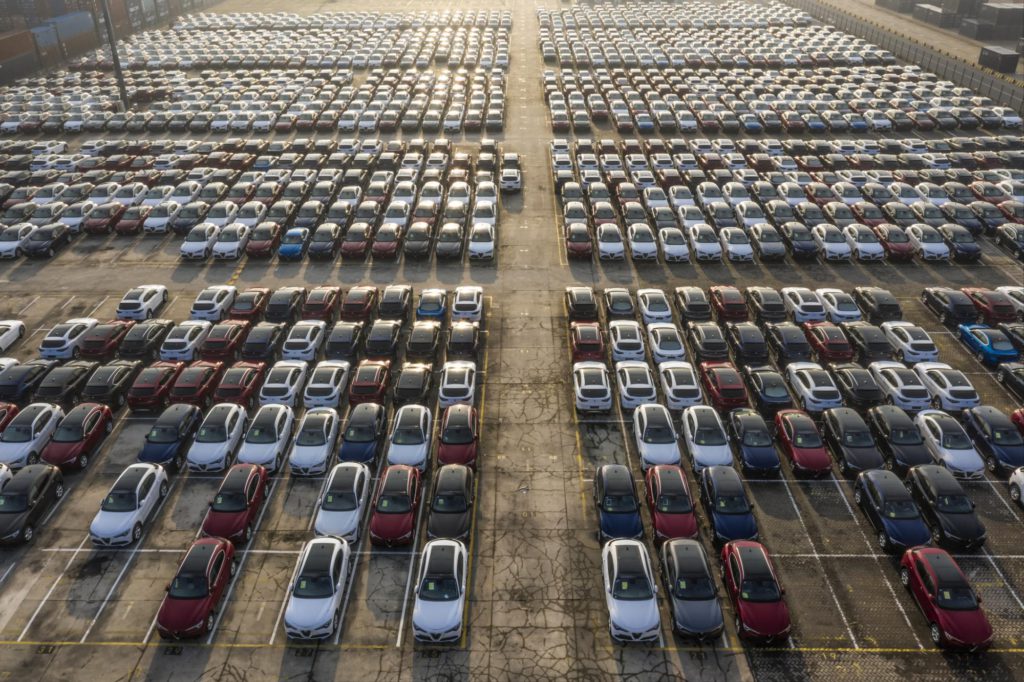European automotive market continues fuel-type diversification
23 April 2021

Petrol still leads the way when it comes to fuel types of new cars in the European Union market. The latest figures released by the European Automobile Manufacturers’ Association (ACEA), however, show a more diverse breakdown than ever before.
The total share of petrol and diesel models came to 65.4%, but other drivetrain types are making inroads, especially into the diesel market.
Clear figures
For the first time, ACEA has expanded the coverage of electrically-chargeable vehicles to include market shares. This gives a clearer view of how zero-emission technology is faring, as carmakers push new models to market. Battery-electric vehicles (BEVs) accounted for 5.7% of EU new-car registrations in the first three months of the year, while plug-in hybrids (PHEVs) took 8.2% of the market.
As more BEVs become available, and development of the technology continues, the number sold in Q1 increased by 59.1% over the same three months of 2020, to reach 146,185 units. The period corresponds to a time largely prior to the COVID-19 impact on new-car registrations. This also had an effect on sales of BEVs and PHEVs in the rest of the year as governments increasingly incentivised the technology to help the automotive industry.
This growth was spurred by big gains in key EU markets, most notably in Germany (149%) and Italy (145.6%). By contrast, demand for BEVs declined in Spain (-12.6%) from January to March.
Registrations of PHEVs jumped by 175%, totalling 208,389 units. One of the drivers of this impressive growth was Italy, where the year-on-year increase was 445.7%, representing an extra 16,103 registrations compared to Q1 2020. Germany, France and Spain also saw large increases of 195.4%, 231.4%, and 116.1% respectively.
An increasing challenge
The demand for diesel is decreasing further, and the first quarter of the year highlighted the continuing challenge to the technology. Volumes fell 20.1% compared to the first three months of last year, with the powertrain now holding 23.2% of the market. Germany and Spain saw the sharpest declines, of 29.4% and 28.3% respectively.
Hybrid vehicles, however, saw strong growth in market share. The technology now commands 18.4% of the market. A total of 469,784 hybrid models were registered in the quarter, as drivers unready for electric drivetrains turn to the more eco-friendly option.
Petrol saw a bounce back in the first quarter, compared to the last three months of 2020. Yet compared to the same period last year, registrations decreased 16.9% from 1.3 million units to 1.1 million. As a result, the share of petrol vehicles shrank from 52.3% to 42.2% – although this is up from 40.6% in Q4 2020.
As the awareness of low and zero-emission vehicles continues to increase, the fuel-type mix across Europe will diversify even more. With increased declines in diesel sales, it could even be that hybrid technology supplants it as the second-most-popular propulsion technology by the end of the year.